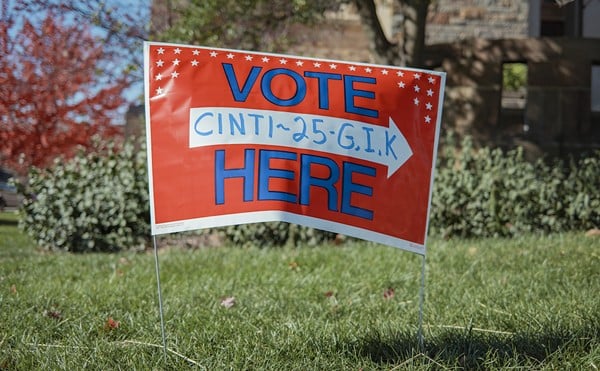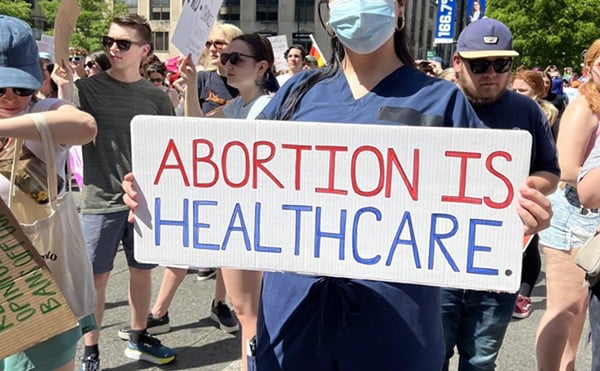A
s America spends the next two weeks readying for its largest annual sporting event, the spectacle, hype and excitement of the Super Bowl will undoubtedly overshadow the toll our enjoyment takes on the players on the field. For years the obvious injuries — broken bones, torn ligaments and the such — have been seen as the price players play to earn large paychecks; the sacrifice of the body for the glory of the game. But over the last few years, a larger microscope has been placed on head injuries, notably concussions.
Many former players are striking back at the NFL. Through November, at least 180 former Bengals and nearly 4,000 former NFL players have sued the league over head injuries suffered during their careers in professional football, according to a database maintained by the Washington Times.
If a group of former Bengals is to be successful in any future claims against the Bengals, the decision will come from an Ohio court, a federal judge ruled Jan. 15. The lawsuit stemmed from the players seeking workers’ compensation claims for football-related injuries in California, a state without a hard and fast deadline for filing allegations of cumulative trauma or repetitive strain injuries. That makes California a more favorable location for professional athletes who try to collect workers’ comp benefits. But the Bengals filed a complaint in state court in Ohio, citing a provision in the players’ contracts requiring such claims to be filed in Ohio under Ohio law.
California also has a broad definition of a cumulative trauma. Some NFL and legal observers are suggesting that players want coverage in California because some injuries — perhaps brain damage from concussions — might not show up for years.
The former Bengals, including longtime offensive tackle Willie Anderson, sought the opportunity to have their claims heard in other states, since their NFL careers took them to different states to play, and injuries could have occurred anywhere the team played.
However, in her decision, U.S. District Judge Sandra Beckwith said none of the players alleged they had ever been hurt in California. She wrote in the decision: “There are no facts amounting to a prima facie showing that any of the players claims are actually cognizable under California law. None of the players have set forth facts showing that they sustained a specific or particular injury in California, or that they received any care in that state as a result.”
This doesn’t mean the fight is over, just that in the players’ fight against the team, the Bengals will have the home field advantage.
Also involved in the suit was Cincinnati native Vaughn Booker. Booker, a Taft High School graduate, who played at the University of Cincinnati before moving on to the NFL, where he finished his nine-year career with the Bengals in 2002. Some of the others named in the lawsuit were Khalid Abdullah, a linebacker for two years; Chris Carter, a defensive back; Jeff Burris, a defensive back for two seasons; offensive tackle Anthony Brown; Kenneth Blackman, a guard for three seasons starting in 1996; former safety Myron Bell; Rogers Beckett, a safety; cornerback Rashad Bauman; and Marco Battaglia, who played tight end between 1996 and 2001.
Beckwith also said the players’ contracts with the Bengals prohibited them from filing or prosecuting workers’ compensation claims in California against the Cincinnati NFL franchise. She said an earlier federal court decision involving the Chicago Bears aired the same issues. Beckwith said the Illinois judge “noted that Illinois law governed the contracts, the Bears are located in Illinois, the players executed and substantially performed the contracts in Illinois. … All of those observations fully apply to this case as well.”
This is just a small fight in the larger battle between former players and the sport’s highest level.
Of those suing the league is former Bengals tight end Ben Utecht. When Utecht, who was not part of the recent decision, suffered the fifth concussion of his career during training camp in 2009, he didn’t immediately know his career was over. He spent most of the season hoping to continue playing, but that didn’t happen. During a 2009 interview, Utecht spoke of the daily pain he was experiencing and the toll it was taking not just on his body, but his mood and his interactions with his family. A year later, before singing the National Anthem at a Reds game, Utecht told a reporter he was still suffering from the symptoms of the final concussion, which ended his career.
Later in the 2009 season, the NFL announced it had strengthened rules managing concussions. But since then we’ve heard more talk than seen the progress in action. In 2011, Browns quarterback Colt McCoy missed just two plays despite suffering a concussion during a game against the Steelers.
Last month, researchers determined that Hall of Fame linebacker Junior Seau suffered from chronic traumatic encephalopathy (CTE), a degenerative brain disease caused by repeated blows to the head, when he committed suicide last year.
Former Bengals wide receiver Chris Henry also showed signs of CTE after his death in 2009, making him the first active player to die and show signs of CTE. According to the Sports Legacy Institute, of the 34 samples of brain tissue from former NFL players examined, 33 have shown evidence of CTE.
The NFL has pledged a $30 million research grant to the National Institute of Heath to study head injuries, but it might be handing out more money to former players in the coming years. Although most players went into professional football knowing it was hazardous to their health, many assumed that was physical — not the type of injuries we’re seeing now.
The additional research and lawsuits over the issue are bringing to light the type of effects described by Utecht several years ago. Because of his head injuries, he said he struggles with sleeping, or even feeling joy from being with his daughters. Fans see the glory of Sundays and cheer the big hits, but no one completely understands the price the players are paying.
While those who have donned helmets and shoulder pads continue to realize the price they’ve already paid — a price that might end up being prohibitive for a normal life — the lawsuits will continue. For now these issues will be taken up in teams’ home states, but we’re a long way from the conclusion of these and other issues related to NFL concussions. ©






